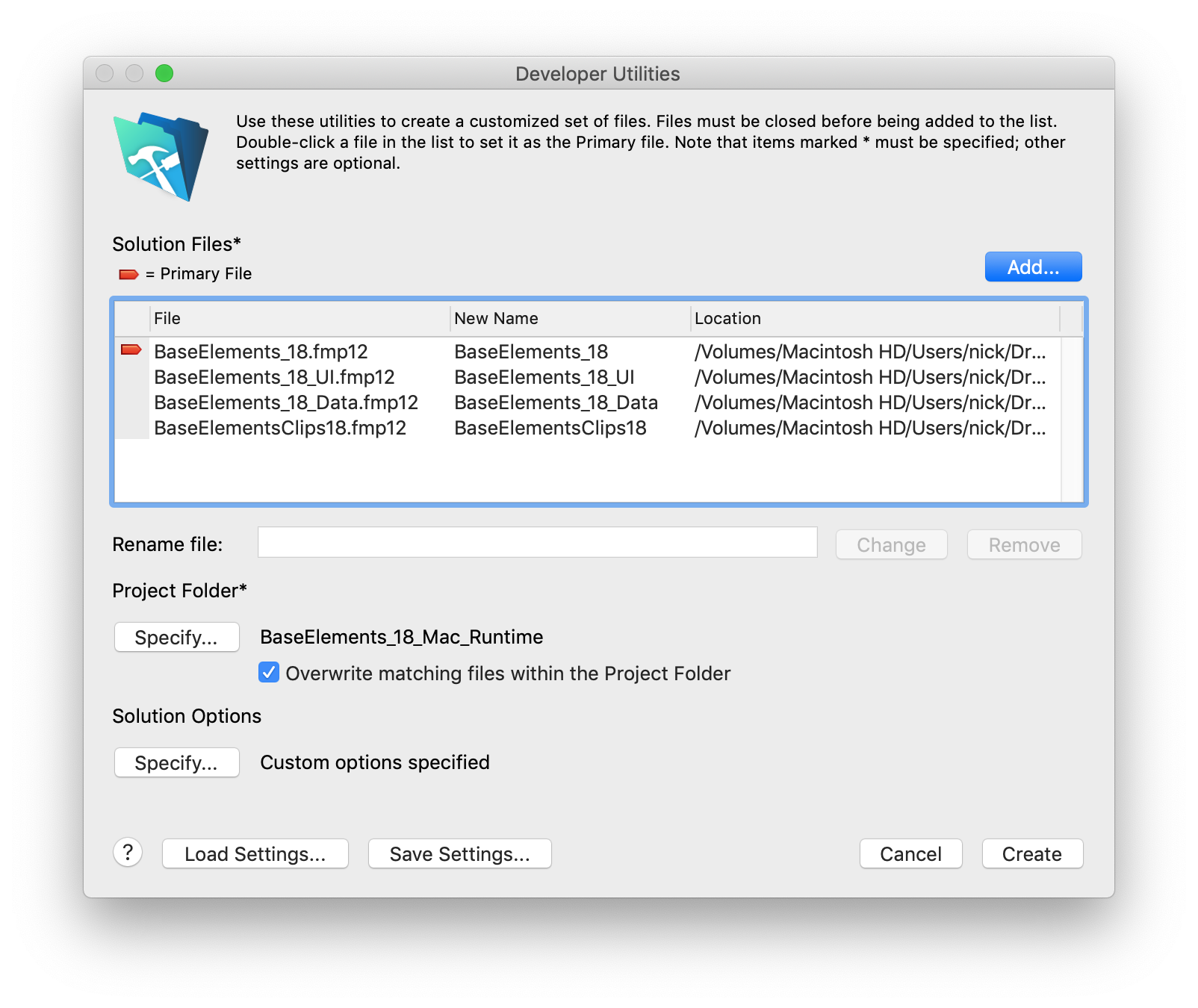
It reflected a mid foot strike on one foot, and a heel strike on the other. “RunScribe diagnosed a “flaw” in my running form. Will need to see how the next few runs go & what the data looks like.” - Ed S Nice to have an indicator from workout data before I begin to feel symptoms.

Today’s visit to chiropractor confirmed a misalignment in hips and an adjustment corrected it. “My data showed an asymmetry between my legs on foot strike & shock. It was really useful to ‘zoom in’ on the sprint, uphill or recovery data of interval sprint training sessions, to see whether I maintained the forefoot strike and general form I was consciously aiming for with the Shoe Prints being a particularly powerful way to visualise the incredible data the RunScribe pods collect.” - Crispin E “I have found the RunScribe metrics and data visualisation tools really useful for analysing the impact of focusing on good running form during training. So I take another easy day and I postpone the next hard training session” - Mirko LT If during the easy run the day after a hard training session the symmetry metrics are a lot worse than usual, it means that my legs are still sore. In every step of the interval I can check that I’m not going out too fast or too slow and this helps me to complete the interval in the wanted goal time.Īnother important insight that Runscribe gives me in training is the need of more rest after a hard training session. In my training Runscribe pods are very useful to maintain a steady pace during my interval sessions, because they give a stable and reactive instant pace. Runscribe shows that my left leg is weaker than the right, so I will go to a physiotherapist to see if I can do rehabilitation exercises focusing on the left leg. After the run, I check in the Dashboard if the “Shoe Prints” are symmetrical. Unconsciously I usually land more forefoot with my right foot, but looking at the live metrics I can now check during the run that the feet land in a similar way. I appreciate the live metrics with my new Garmin FR945, in particular I can check during my run if the foot strike is symmetrical. Looking at the various metrics over time, I discovered some weaknesses in my running technique of which I was not aware. I bought the Runscribe pods because I wanted to know the characteristics of my running gait in order to find the cause of the injuries. “Since I started running some years ago, I suffered frequent injuries that prevented me from progressing in running performances. I used Runscribe to adjust my running form so that the Shock would be as low as possible for my case and towards a more balanced mid-foot strike and I am glad to say that if during pain time I could not run longer than 10Km, now I can do marathons and even managed to do a 105Km ultramarathon.” - Serban M

Runscribe also helped me to properly do the transition from heel- to mid-foot strike – before I started to understand RS metrics I was running fore-foot strike too aggressively and possibly because of this I started to experience knee pain. Runscribe helped me to manage my running form and to reduce my imbalances. “After a coracoid fracture at my left shoulder 5 years ago, I was left with the left shoulder a little lower than before and as such with a small imbalance in my body. The advanced metrics provided by Runscribe have given me a unique insight into how I run – and this has proven essential in enabling me to identify imbalances in my gait, asses the variances in loading forces with different footwear on different terrain and to evolve HOW I run, and not just how far and how fast, in order to work towards my goals.” - Neil C As I have grown older, I have had to become far better with my training, injury prevention and recovery.

Running and training by feel only gets you so far… Runscribe has helped me go further and smarter. “I have been running marathons and ultras for the last 5 years.


 0 kommentar(er)
0 kommentar(er)
